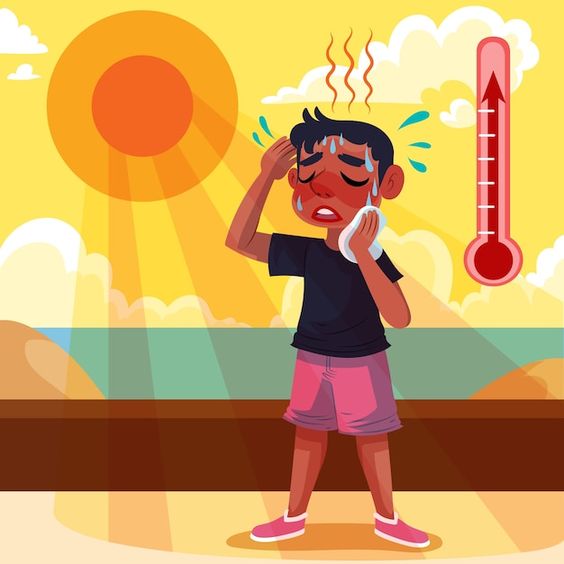Introduction:
- HAPs present immediate as well as longer term actions to increase preparedness, information- sharing and response coordination to reduce health impacts of extreme heat on vulnerable populations.
Purpose –
Aims to provide a framework for implementation, coordination and evaluator of extreme heat response activities in cities town in India that reduces negative impact of extreme heat.
- 1st heat action plan designed and implanted in Ahemdabad in 2013.
- Heat emergency are of 3 types:
- Heat cramps (Loss of salt)
- Heat exaction (dehydration)
- Heat stroke (Shock)
- Analyzed 37 plan actions across 18 states center for policy research found nearly of them failed to target vulnerable group .
- Losses – due to decreasing labor productivity, sudden description to agriculture, health and Income.

Framing of approach towards tackling heat waves
- Preparation of national guidelines for heat-wave management:
- Setting of roles and responsibilities in the National Guidelines and National Disaster Management Plan
- Ground-level implementation of policy, guidelines and strategies
- Study on heat-wave related issues
- Advisories for heat-wave management
- Community sensitization
- Technical assistance
Heat-wave warnings
The India Meteorological Department (IMD) has been issuing impactbased warnings so that states can take the necessary mitigation measures and conduct Information Education Communication (IEC)
activities for awareness of Do’s and Don’ts among the public. These measures also focus on livestock/animal issues.
Treatment of a person affected by sun stroke
- Lay person in cool place, pour normal temperature water on head.
- Give ORS . Lemonade to rehydrate body.
- Bring them to near hospital.
Do’s And Don’t : Heat waves
- Avoid going out in sun- (12 to 3)
- Drink sufficient water.
- Avoid high protein food and stale food
- Wear light coloured loose cotton clothes, protection googles, hat
- Use ORS, Homemade drinks.
- Avoid carbonated drinks.
